
How to become proficient in deep learning and neural networks in just 30 days!!
Mar 26, 2025 4 Min Read 4818 Views
(Last Updated)
Recently Jeff Bezos, Ex-CEO of Amazon famously quoted:
Treat Google like a mountain. You can climb the mountain, but you can’t move it.
One of the biggest contributors to Google’s success is “Google-Search”, an unparalleled search index with relevant results, accuracy, and deeper indexing. What makes our search so accurate is Google’s cutting-edge deep learning representation modal: BERT (Bidirectional Encoder Representation) running on cloud TPUs. BERT enables Google to assess the context of all English Queries and now Fillers and Preposition like “a”, “an”, “the”, “for”, “at” holds a significantly larger value in a search query. This is just one of the examples where ubiquitous deep learning has shaped our life. We are actually living in a DL Wonderland, surrounded by DL-powered breakthroughs and developments. From the top-tier research labs to startups looking to design solutions; AI, Deep Learning, and neural network are at the heart of the tech ecosystem.
If one’s willing, it’s possible to learn, follow, and acquire skills for Deep Learning and Neural networks in just one months’ time. However, there are a plethora of resources available, and the last thing you wanna do is to follow the topic in an unstructured manner. So without further ado let’s start:
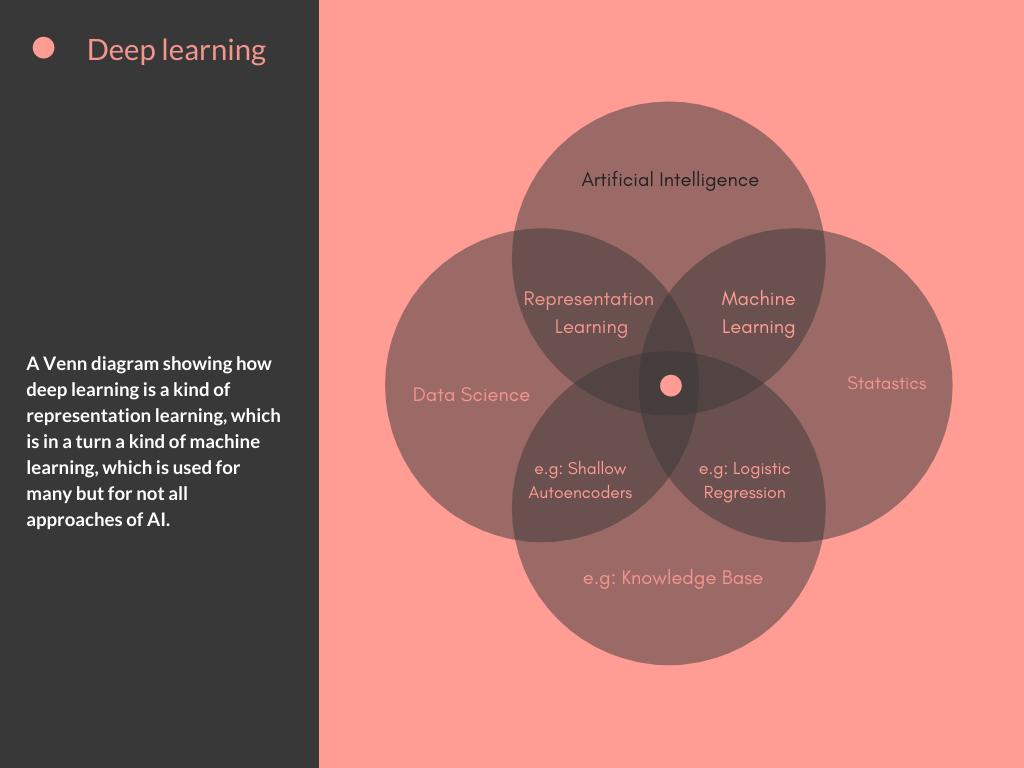
Table of contents
- Pre-requisites
- Getting Started with Deep Learning and Neural Networks
- Revive Basics
- Pick along Python and Cloud
- Introduction to Machine Learning
- Hands-on with Deep Learning
- Dig Deep into Neural Networks
- ANN, CNN, RNN, and GAN's
- Debugging
- Natural language Processing
- Conclusion
Pre-requisites
- Determination to spend at-least 3-4 hours daily for the next month.
- Basic programming skills, prioritizing Cloud and Python.
- Math Background. ( Basic Knowledge of descriptive statistics, calculus, linear algebra, and geometry)
- Access to Internet and System. (Obviously)
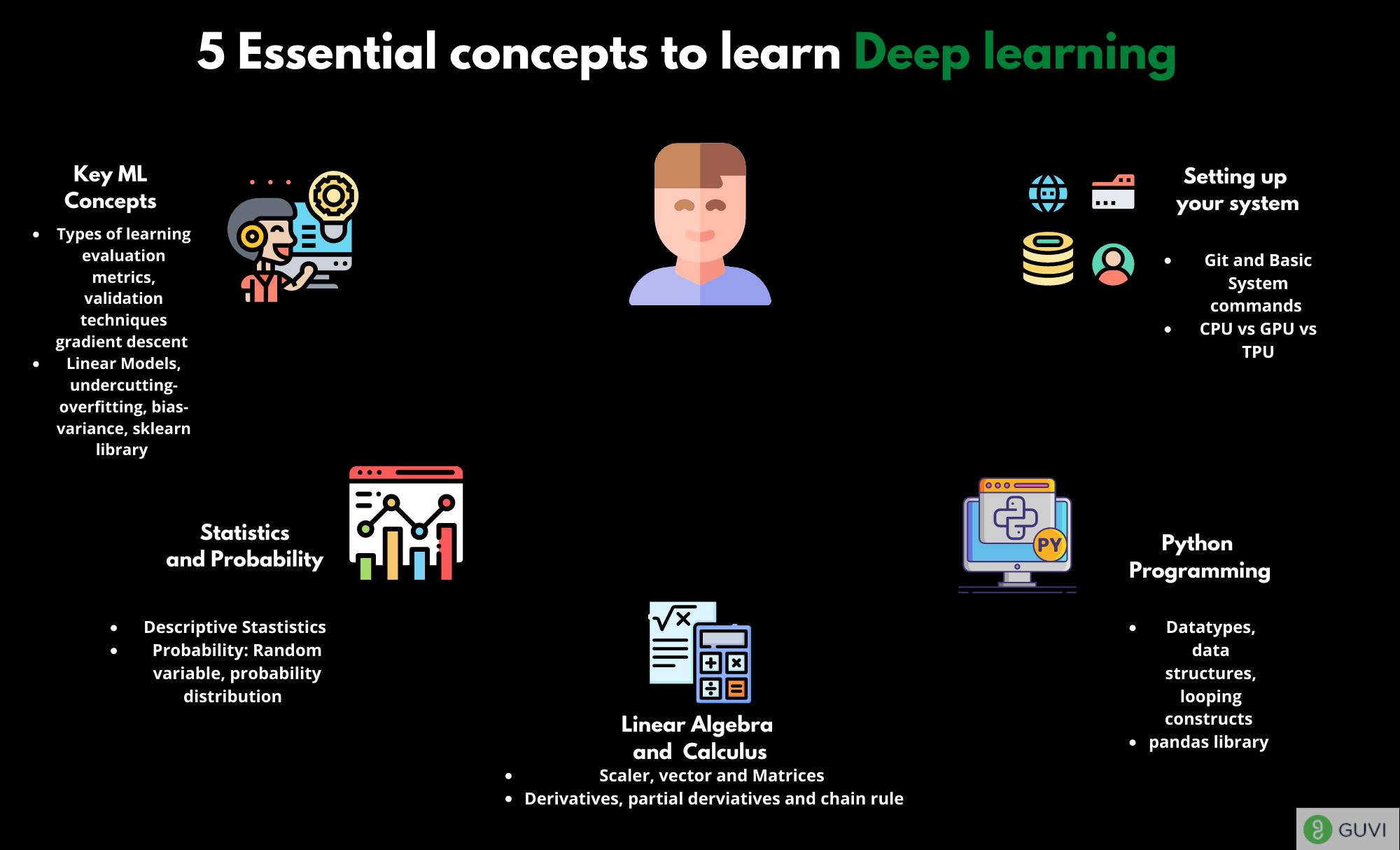
Make sure you understand machine learning fundamentals like Python, SQL, deep learning, data cleaning, and cloud services before we explore them in the next section. You should consider joining GUVI’s Machine Learning Career Program, which covers tools like Pyspark API, Natural Language Processing, and many more and helps you get hands-on experience by building real-time projects.
Also, if you want to learn the fundamentals of Deep Learning through a Self-paced course, try GUVI’s Self-Paced Deep Learning Fundamentals course.
Getting Started with Deep Learning and Neural Networks
This comprehensive step-by-step list will help you grasp all the fundamentals of Deep Learning and how to scale and deploy functional neural networks.
1. Revive Basics
We learn riding a bike-by riding. Not by learning how the clutch and internal combustion works. Similarly, there are few components you need to cover before creating a full-fledged machine. Introduce yourself to the world of “Deep Learning”; Learn about linear Algebra and calculus. Read some worthwhile papers such as “The Matrix Calculus you need for Deep Learning” and watch “Big Picture of Calculus” on MIT’s open courseware.
2. Pick along Python and Cloud
In case, you don’t have any prior knowledge of Python and cloud, you should be comfortable picking up Python along the way. GUVI has professionally curated courses such as Python with IIT certification, AWS, and Azure. We suggest you enroll in all of them and revive the fundamental basics for building a neural network. You need to catch up and cover the above two steps in just one week.
3. Introduction to Machine Learning
What makes Deep Learning so revolutionary in itself, is decades of Machine Learning Development. Deep Learning, however, is a subset of ML. They both have a similar function and often the terms are used interchangeably. The only difference lies in the practical standpoint and their capabilities. Traditionally, if the training dataset is relatively small, engineers prefer Machine Learning. Enroll in GUVI’s “Machine Learning 101” and it will cover topics like inferential statistics, regression theory, and ML algorithms.

4. Hands-on with Deep Learning
Now, it’s time to accumulate the cognitive approach to learn Deep Learning. A conventional ML approach still requires input guidance from the users to complete the process. On the other hand, that’s not the case with Deep Learning. Deep learning neural networks develop a modal with time to implement machine decisions that don’t require any sort of user guidance. This third week will be the most important of all the learning paths, where you will pick up Primitive & Sigmoid Neuron. You will also be starting your practical journey with a Capstone project along with the course.

5. Dig Deep into Neural Networks
This particular step is all about building on your recently created neural network expertise. Along with the modules, you will learn how to apply different regularisation techniques, perform various data parameters to tune in model efficiency, and much more. Moreover, you will dwell deep into the neural networks and deep learning libraries (eg: PyTorch, Tenser-flow, MXNet) and implement a system architecture from scratch.
6. ANN, CNN, RNN, and GAN’s
The next step is to declassify neural networks into different classes. CNN (Convolutional Neural Networks) usually associate with Vision-related tasks, while RNN (Recurrent Neural Networks) is associated with finding patterns within recurrent data. GAN (Generative Adversarial Networks) is a creative class, which is able to mimic any distribution of Data. ANN (Artificial Neural Network) is an umbrella term for all three classes. All of the classes have real-world applicability and are a necessary addition to your deep learning and neural network skillset.
7. Debugging
No matter your modal’s scalability, efficiency, and functionality, almost every deep learning model requires debugging. This particular step will teach you how to debug & visualize the Deep Learning modal to frequently assess its performance. Although many deep learning models are equipped with autoencoders and thus able to deploy an unsupervised system.
8. Natural language Processing
Lastly, but not least you have to cover all the fundamentals surrounding Natural Language Processing. NLP is one of the most splendid products that has come out of deep learning and neural network development. Most of the “State-of-the-art” products such as Open AI’s, Google’s BERT, Amazon’s Alexa have NLP at their core.
Do you often wonder, why can’t machines understand and learn the languages as humans did? We wish it did, right?
The traditional use of keyboard and mouse to instruct computers & thereby perform tasks would have traced an easy completion. Isn’t it?
Why not talk to the computer and make it reply in a universal language?
Let us tell you, NLP is an essential component of artificial intelligence that intends to make this possibility a reality!
Natural Language Processing is deeply rooted in the philosophy of linguistics. Procedures from deep learning and neural network also share their contributions in solving NLP problems. While several practical implementations of NLP already exist, NLP still has several uncovered areas that call for our attention.
As against computers, dealing with structured data, NLP often deals with unstructured data. Yes! And that’s where the complexities begin. Structured data that is organized and well understandable is a much greener side of the unstructured one that needs a lot of sorting and arrangements.
Most importantly, 80% of business data is unstructured! Don’t agree?
You consider any news articles, the wide bandwidth of Social media posts, emails from n number of sources, etc. They all are live models of text-based unstructured data.
To deal with these, NLP has to study the structure and syntax of the natural language. Apart from all these, the complexities and ambiguities of Human Langauge make the study further worst. However, NLP is maturing, and we are at a better place with it already. Let us strive to unleash more in-depth NLP processes that will make our lives much better when dealing with unstructured data!
Kickstart your Machine Learning journey by enrolling in GUVI’s Machine Learning Career Program where you will master technologies like matplotlib, pandas, SQL, NLP, and deep learning, and build interesting real-life machine learning projects.
Alternatively, if you want to learn the fundamentals of Deep Learning through a Self-paced course, try GUVI’s Self-Paced Deep Learning Fundamentals course.
Conclusion
So, that was all on deep learning and neural network! Try to acquire as many details on deep learning and neural network as it is here to stay and create wonders via us.
Have a query? Or wish to explore more about any tech-related topics? Please feel free to comment below and let’s get into the discussion. Our Experts need many ears to talk to!

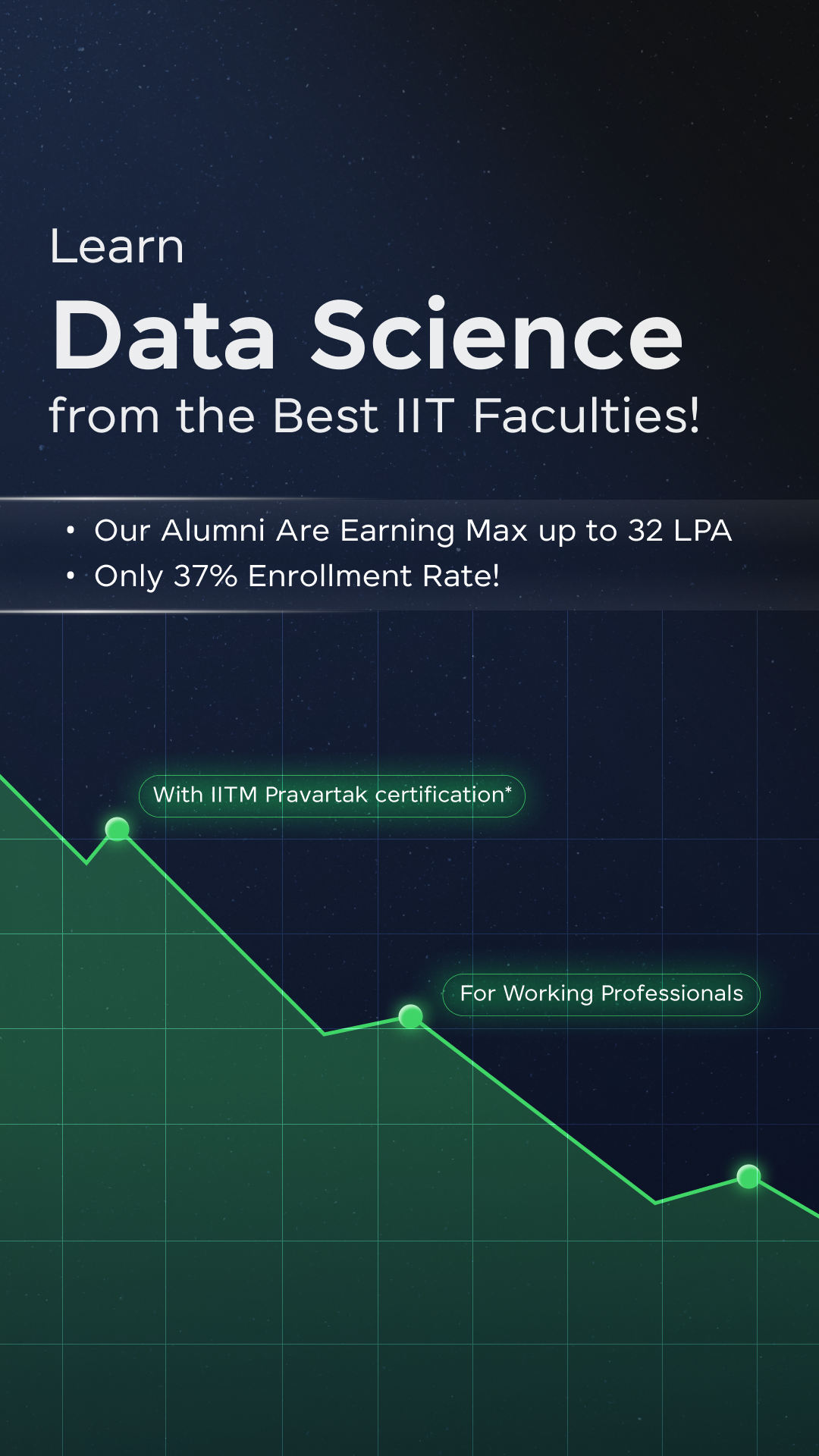



















![What is the Minerva Deep Learning Model? An Exclusive Beginner’s Guide [2025] 6 minerva](https://www.guvi.in/blog/wp-content/uploads/2025/07/A-Beginners-Guide-to-Data-Visualization-with-Matplotlib.png)
![What is Object Detection? A Beginner’s Guide [2025] 7 object detection](https://www.guvi.in/blog/wp-content/uploads/2025/07/What-is-Object-Detection_-A-Beginners-Guide.png)
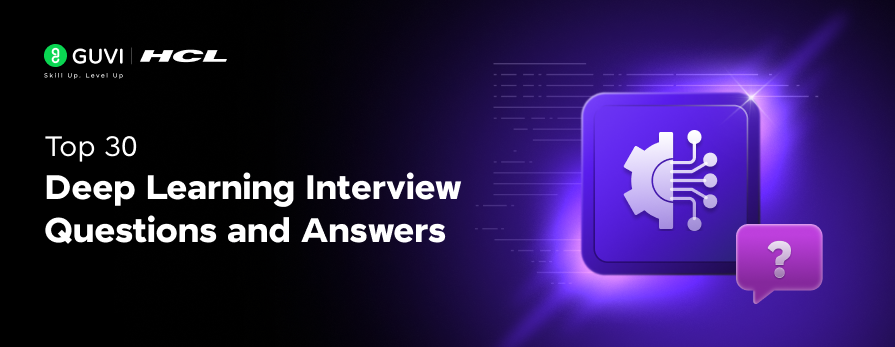
![10 Unique Keras Project Ideas [With Source Code] 9 Keras Project Ideas](https://www.guvi.in/blog/wp-content/uploads/2024/10/Feature-Image.png)

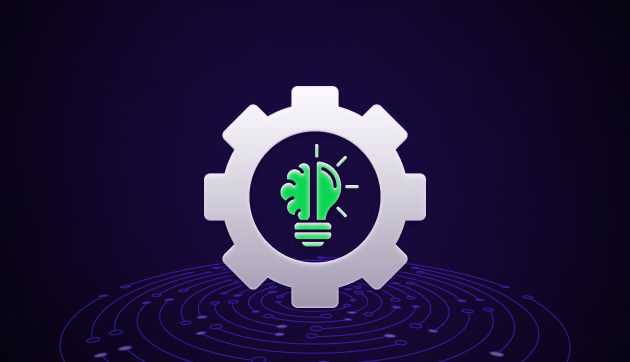

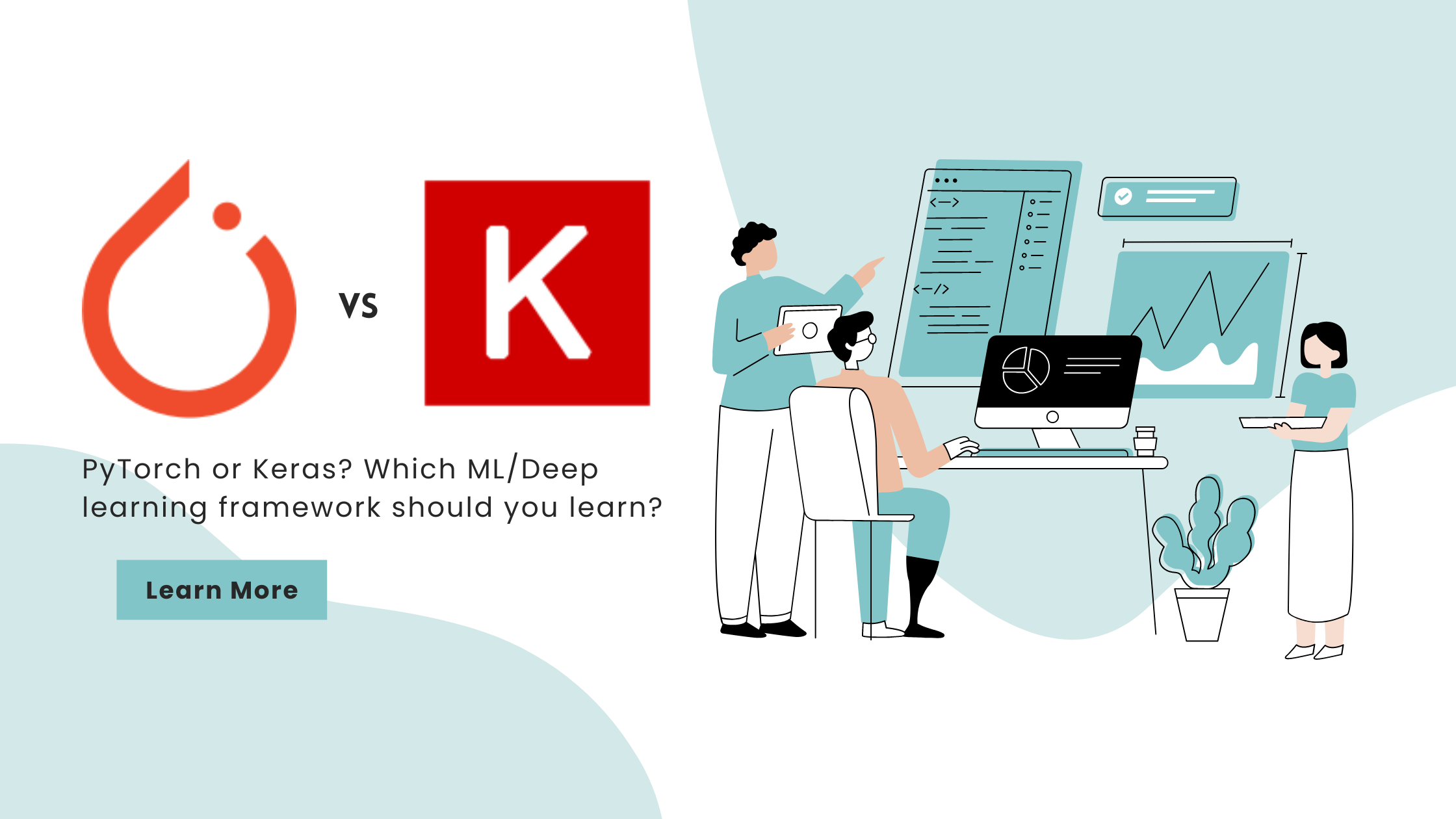


Did you enjoy this article?